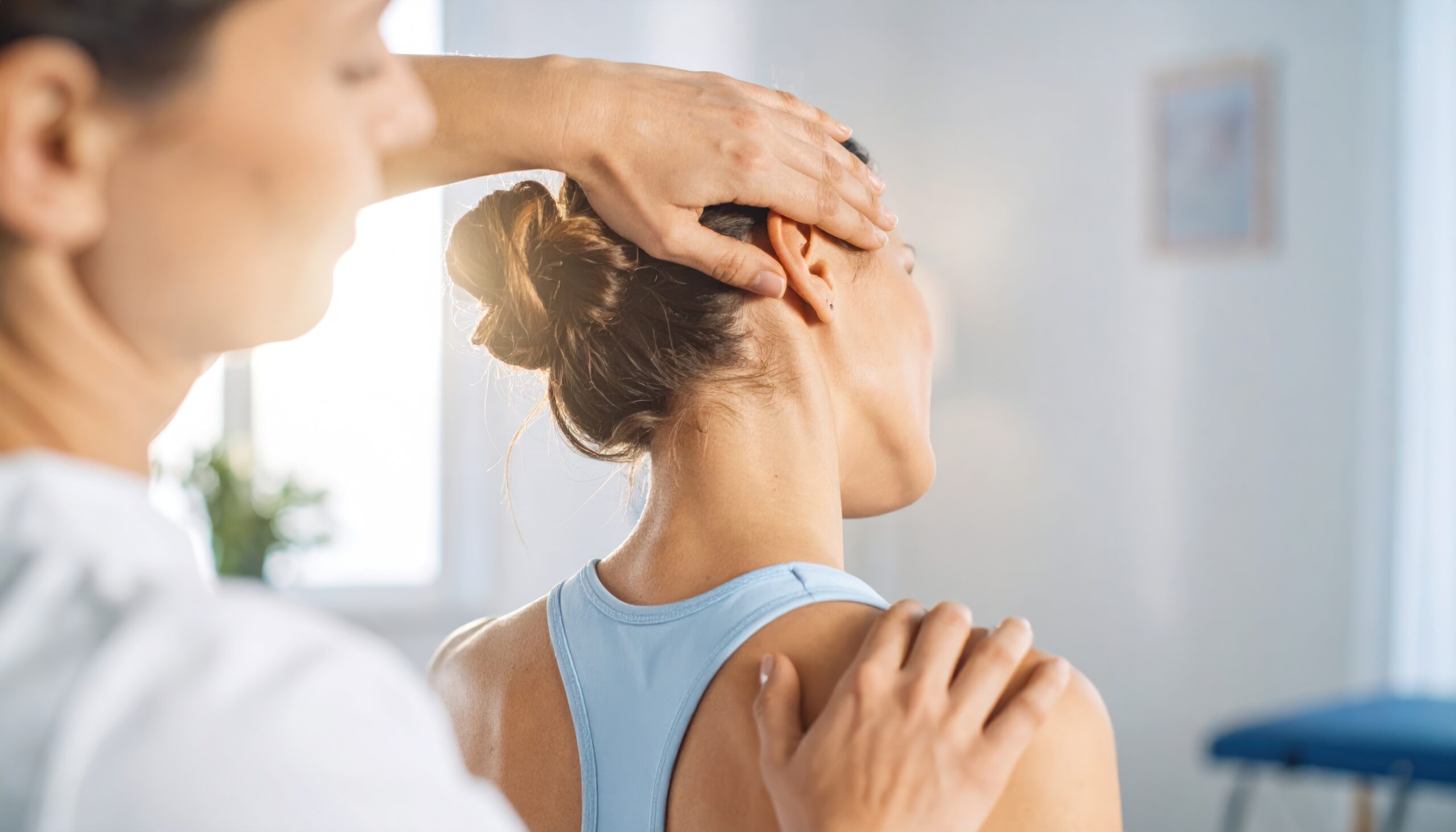
Background: Lumbar total disc replacement (L-TDR) is a procedure used to relieve back pain and maintain mobility. Contemporary metal-on-polyethylene (MoP) L-TDRs were developed to address wear performance concerns about historical designs, but wear debris generation and periprosthetic tissue reactions for these newer implants have not been determined. Questions/purposes: The purpose of this study was to determine (1) whether periprosthetic ultrahigh-molecular-weight polyethylene (UHMWPE) wear debris and biological responses were present in tissues from revised contemporary MoP L-TDRs that contain conventional cores fabricated from γ-inert-sterilized UHMWPE; (2) how fixed- versus mobile-bearing design affected UHMWPE wear particle number, shape, and size; and (3) how these wear particle characteristics compare with historical MoP L-TDRs that contain cores fabricated from γ-air-sterilized UHMWPE. Methods: We evaluated periprosthetic tissues from 11 patients who received eight fixed-bearing ProDisc-L and four mobile-bearing CHARITÉ contemporary L-TDRs with a mean implantation time of 4.1 and 2.7 years, respectively. Histologic analysis of tissues was performed to assess biological responses and polarized light microscopy was used to quantify number and size/shape characteristics of UHMWPE wear particles from the fixed- and mobile-bearing devices. Comparisons were made to previously reported particle data for historical L-TDRs. Results: Five of seven (71%) fixed-bearing and one of four mobile-bearing L-TDR patient tissues contained at least 4 particles/mm(2) wear with associated macrophage infiltration. Tissues with wear debris were highly vascularized, whereas those without debris were more necrotic. Given the samples available, the tissue around mobile-bearing L-TDR was observed to contain 87% more, 11% rounder, and 11% less-elongated wear debris compared with tissues around fixed-bearing devices; however, there were no significant differences. Compared with historical L-TDRs, UHMWPE particle number and circularity for contemporary L-TDRs were 99% less (p = 0.003) and 50% rounder (p = 0.003). Conclusions: In this preliminary study, short-term results suggest there was no significant influence of fixed- or mobile-bearing designs on wear particle characteristics of contemporary L-TDRs, but conventional UHMWPE has notably improved the wear resistance of these devices compared with historical UHMWPE.
Ready to reclaim your life? Get in touch with Dr. Lanman Today.
FOLLOW US ON SOCIAL MEDIA | @ADRSPINE





